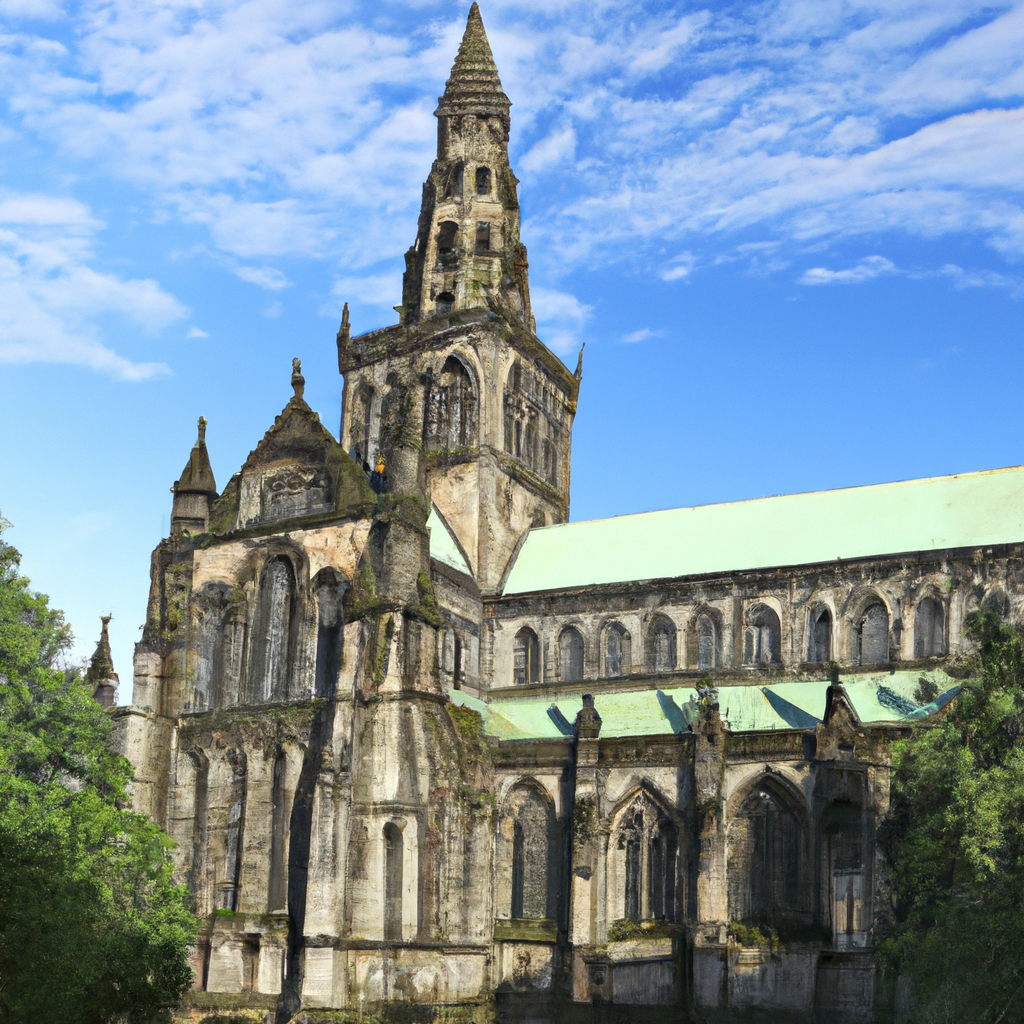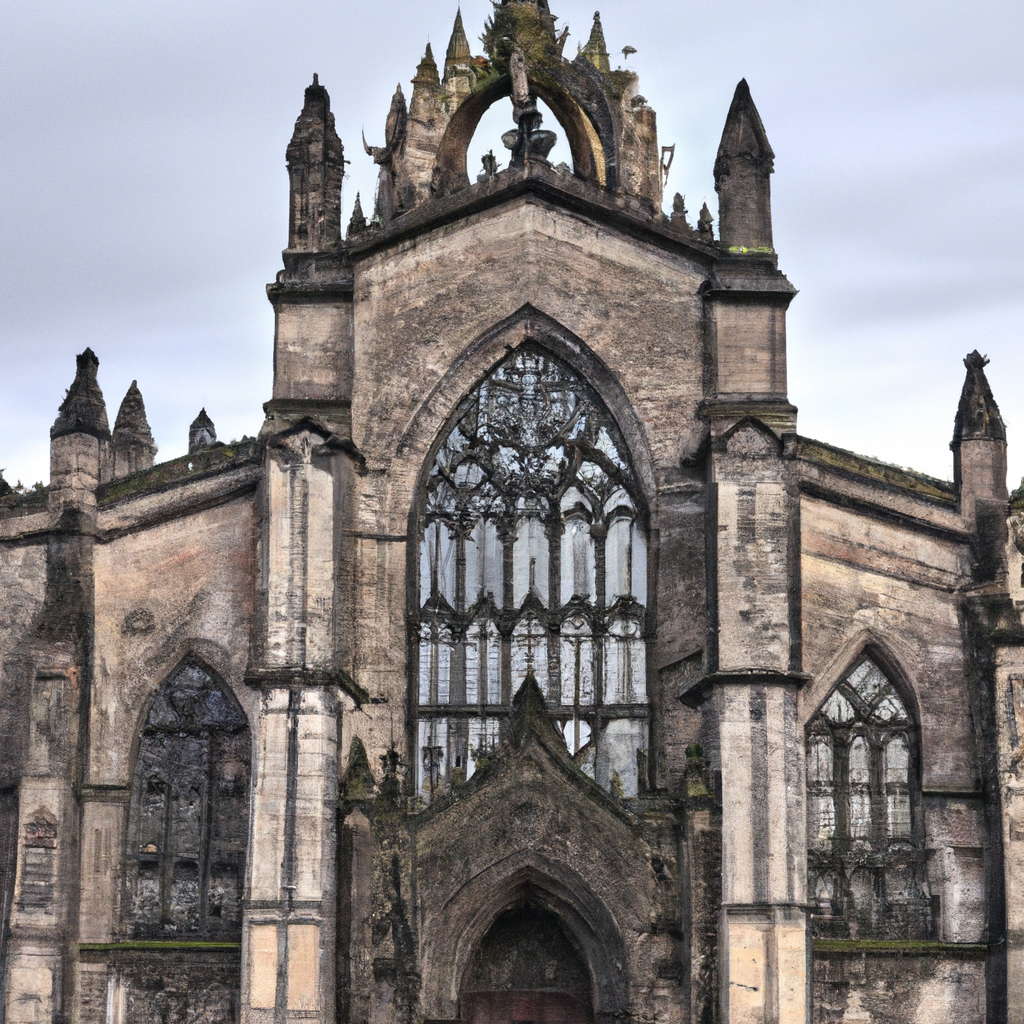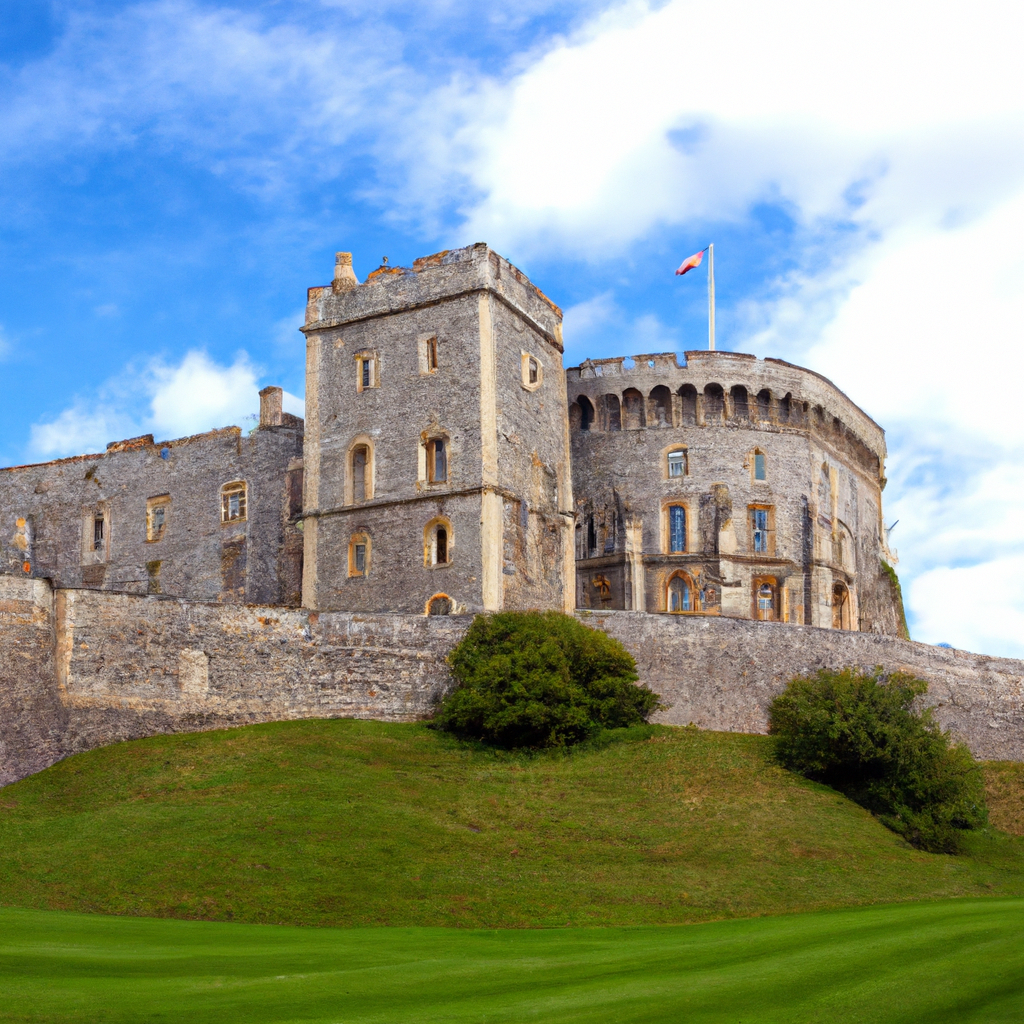The Royal Observatory - Greenwich, England In United-Kingdom: Overview,Prominent Features,History,Interesting facts
Overview:
: The Royal Observatory - Greenwich, England In United-Kingdom is an observatory situated on a hill in Greenwich Park, overlooking the River Thames. It is best known as the home of the prime meridian of the world, longitude zero or 0° 0' 0". It was originally founded in 1675 by Charles II, and given Royal status in 1675 by King James II. It is now part of the National Maritime Museum and a popular tourist destination. The observatory is home to several important astronomical instruments. Several of the observatory's clocks and watches are kept here, the most famous being the Great Clock giving the time to Greenwich Mean Time. The historic Flamsteed House, the oldest part of the observatory, houses the Astronomy Centre which runs several educational activities, exhibitions and events. You can learn history, culture, and heritage through these magnificent monuments in United-Kingdom
Prominent Features:
1. Prime Meridian - The Prime Meridian is a major feature of The Royal Observatory Greenwich in England. It is the line of 0 degrees longitude, measured from Greenwich mean time. The international agreement in 1884 declared the position of the Prime Meridian at Greenwich, based on its astronomical and scientific heritage. 2. Time Ball – This is a time signal that was originally used by mariners and sailors to help them set their chronometers and navigational instruments accurately. When the ball was raised up a flagpole, it was seen as a visual time signal, which was mounted on top of the Octagon Room. 3. Astronomy Centre – The Astronomy Centre at the Royal Observatory is dedicated to popularising astronomy and the history of the observatory, as well as opening up the observing floor and allowing visitors to view the night sky and learn about the history of astronomy. 4. Park – The observatory is set in the grounds of the park of the same name and visitors can enjoy the park as part of their visit. This public park is one of the Royal Parks of London and covers an extensive area of over 30 hectares. 5. Flamsteed House – This is the oldest surviving building on the site and was built in 1675, it is named for the first Astronomer Royal, John Flamsteed, and serves as the visitor centre which includes a cafe, restaurants, and an interactive exhibition area on the history of astronomic discoveries. This national monument of United-Kingdom portrays the history and culture of the country.
History:
The Royal Observatory, Greenwich, England is one of the most famous observatories in the world. Functioning since 1675, it is located on a hill in Greenwich Park, south-east London, at the prime meridian. The observatory was built by King Charles II in 1675, to replace an earlier observatory built in 1637 by the famous navigator, Capt. Christopher Wren. The Royal Observatory was Britain’s first purpose-built scientific research facility and was designed to measure the navigation and surveying skills of mariners, in order to protect Britain’s commercial interests in the burgeoning sea trade. In 1714, the Board of Longitude sought to standardize timekeeping and the Prime Meridian was chosen to run directly through the observatory. The prime meridian was used as the global reference for making maps and for tracking the exact position of ships traveling around the world. In 1884, the observatory became the home of the ROyan Astronomical Society and in 1897, the Greenwich Meridian was adopted as the international standard. Since then, the Royal Observatory has gone on to become one of the world’s most important astronomical observatories, featuring a number of significant telescopes, including the 28-inch Mechnikov Refracting Telescope and the Altazimuth Telescope. The site is also home to a number of displays including planetary clocks, armillary spheres, and astrographic cameras. The Royal Observatory holds an important place in British history and is now a World Heritage Site. It is open to the public, who can explore the site and engage with astronomy in national and international activities. You must visit one of these historical places in United-Kingdom on your United-Kingdom tour
Interesting facts:
1. The Royal Observatory at Greenwich, England is the home of Greenwich Mean Time (GMT) and the Prime Meridian. 2. The Observatory is a UNESCO World Heritage Site and the oldest purpose-built scientific research facility in the world. 3. The Royal Observatory was founded by King Charles II in 1675 in the Old Royal Naval College in Greenwich. 4. Astronomer Royal, John Flamsteed, was appointed to head up the observatory. He was responsible for the accurate measurement of time and position of the stars and planets and in 1676, Flamsteed constructed the Octagon Room, which is still a part of the Observatory today. 5. The Royal Observatory was the first to introduce the minute hand in its clocks and was the first to manufacture a practical sextant. 6. In 1884 the Prime Meridian of the world was established at the Royal Observatory with the Meridian Building constructed as a home for timekeeping instruments. 7. The Astronomer Royal position is still active and current Astronomer Royal, Martin Rees, is continually exploring the universe. 8. The original Harrison Nautical Clock copied here in this Observatory contains several replicas of the same clock allowing visitors to see how the clock is calibrated and displaying three different times simultaneously. Visit one of the famous monuments of United-Kingdom with your friends and family.
Explore United-Kingdom most popular tourist destination with us. The Royal Observatory - Greenwich, England In United-Kingdom: Overview,Prominent Features,History,Interesting facts,which is 35.14 km away from United-Kingdom main town, is the most popular destination to add in your travel wishlist.
-
City:
United-Kingdom
-
state:
Greenwich, England
-
country:
United-Kingdom
-
country code:
GB
-
postcode:
108
Location:
Greenwich, England United-Kingdom













